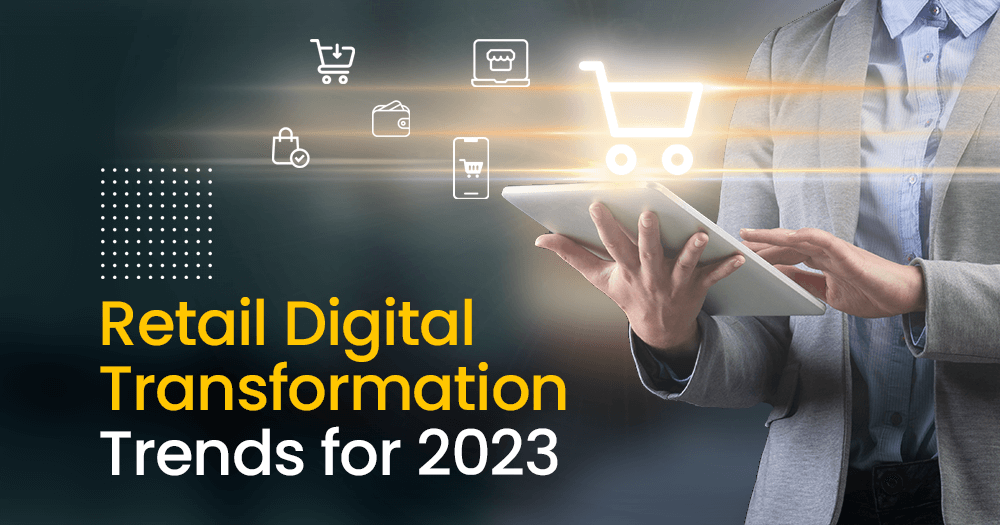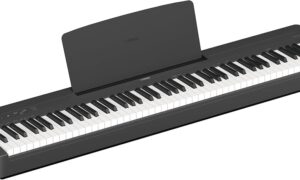Over the past two decades, the digital world has completely transformed the way consumers engage with brands. What once required a trip to the mall can now be accomplished with a few clicks or swipes. Retailers have had to adapt quickly, finding new ways to bridge the gap between physical and digital spaces. This ongoing evolution of digital experiences has reshaped not only how we shop but also how we live, work, and connect. Today’s consumers expect convenience, personalization, and speed—all delivered through seamless, technology-driven interactions. Companies that recognized this shift early, such as Evoke Creative, have helped redefine what customer engagement means in the modern era.
From In-Store Displays to Interactive Digital Experiences
The journey began with simple digital signage—bright, attention-grabbing screens designed to promote products. Early versions were basic, but as technology advanced, so did their capabilities. Retailers started using interactive touchscreens, self-service kiosks, and smart displays to offer customers more engaging, information-rich experiences. Instead of passively viewing advertisements, shoppers could now browse product catalogues, explore promotions, and even make purchases directly from digital interfaces.
This shift was about more than technology—it was about empowerment. Consumers gained control over how they interacted with a brand, and that changed everything. Companies like Evoke Creative have been at the forefront of this transformation, designing customized digital solutions that merge design, functionality, and innovation. Their approach has shown how immersive technology can boost sales, enhance satisfaction, and build lasting brand loyalty.
The Rise of Omnichannel Retail
As digital and physical environments began to merge, the concept of omnichannel retail emerged. The goal was simple: deliver a consistent experience across every touchpoint—whether online, in-store, or via mobile. This marked a huge evolution from the early days of e-commerce, when online and brick-and-mortar stores operated independently. Today, customers expect these worlds to connect seamlessly.
For instance, a customer might research a product online, check availability through a mobile app, then visit a local store to complete the purchase. Retailers that succeed with omnichannel strategies understand that every step of this journey matters. Each interaction should feel unified and effortless. Digital tools like interactive kiosks, personalized recommendations, and smart checkout systems are key to achieving that connection. With technology partners such as Evoke Creative, brands are better equipped to deliver smooth, integrated customer experiences that are that feel intuitive and rewarding.
Personalisation and the Power of Data
One of the most defining aspects of modern digital experiences is personalization. Consumers no longer respond to one-size-fits-all marketing. They expect experiences that reflect their unique preferences, habits, and lifestyles. Retailers use data analytics, artificial intelligence, and predictive modelling to understand customers on a deeper level. Every click, purchase, and interaction provides valuable insight that helps brands tailor their messaging and offerings.
This level of personalisation builds stronger relationships between brands and their audiences. It fosters recognition and trust—customers feel understood and valued. The best retail technology doesn’t just collect data; it interprets it in ways that enhance the experience. Interactive systems developed by Evoke Creative, for example, allow businesses to deliver personalized content and recommendations right at the point of engagement, making shopping faster and more enjoyable.
Beyond Retail: Expanding Digital Experiences Across Industries
While retail has led the digital transformation, other sectors are rapidly following suit. Hospitality, transportation, healthcare, and education are all embracing digital tools to improve customer and user experiences. From self-check-in kiosks at airports to digital wayfinding in hospitals, the demand for seamless, technology-driven experiences continues to rise.
The same technologies that engage shoppers are being adapted for new environments. For example, self-service kiosks help hotel guests check in within minutes, while digital signage guides visitors through large campuses or entertainment venues. Companies like Evoke Creative are key players in expanding these innovations beyond traditional retail, applying design-led thinking to create smarter, more accessible digital solutions across industries.
The Impact of Mobile Technology and Augmented Reality
Mobile technology has become central to the digital experience revolution. Smartphones now acts as both shopping assistants and bridges between online and offline engagement. Consumers use them to compare prices, access loyalty programs, and interact with in-store digital screens. Retailers are leveraging mobile apps to offer real-time promotions and instant support, and live inventory updates.
Augmented reality (AR) has taken this one step further, letting customers visualise products in their own spaces before buying. Furniture retailers, for example, let users see how a piece would look in their living room through an AR app. This technology improves purchase confidence and reduces return rates. Digital innovators like Evoke Creative continue to integrate these advanced tools into their solutions, creating immersive, interactive experiences that blur the line between physical and virtual.
The Role of User Experience (UX) Design
No digital transformation is complete without thoughtful design. The most successful digital experiences are those that feel effortless and natural. That’s where user experience (UX) design plays a vital role. Good UX ensures that every interaction—whether through a touchscreen, mobile app, or website—is intuitive, accessible, and visually engaging.
Retailers are learning that technology alone isn’t enough; it has to be designed around human behaviour. Digital installations must respond quickly, look appealing, and make complex tasks simple. Evoke Creative has built its reputation on this principle, combining cutting-edge technology with user-centred design to deliver systems that people genuinely enjoy using. Whether in a store, airport, or public venue, the focus remains the same—create meaningful, memorable experiences that enhance everyday interactions.
Sustainability and the Future of Digital Innovation
As technology evolves, sustainability has become an increasingly important focus. Businesses are seeking eco-friendly digital solutions that reduce waste, energy consumption, and environmental impact. Digital systems that replace paper-based communication or use energy-efficient screens help companies reach sustainability goals without sacrificing performance.
Looking ahead, the future of digital experiences will be shaped by emerging technologies like artificial intelligence, the Internet of Things (IoT), and voice-driven interfaces. The challenge will be maintaining a human touch in a world that’s becoming more automated. Companies like Evoke Creative is leading this charge, designing digital ecosystems that are not only intelligent but also ethical, inclusive, and sustainable.
Conclusion: A Connected, Customer-Centric Future
The evolution of digital experiences in retail and beyond represents a broader shift in how society interacts with technology. What began as a convenience tool has become central to how we connect, communicate, and consume. Today’s customers expect more than just products—they want experiences that are fast, personal, and engaging.
From self-service kiosks and digital signage to mobile and AR-driven innovations, the path forward is clear: digital transformation will continue to redefine how we interact with the world around us. With pioneers like Evoke Creative drving progress, the future of retail—and every customer-facing industry—looks more connected, intelligent, and experience-driven than ever before.



































